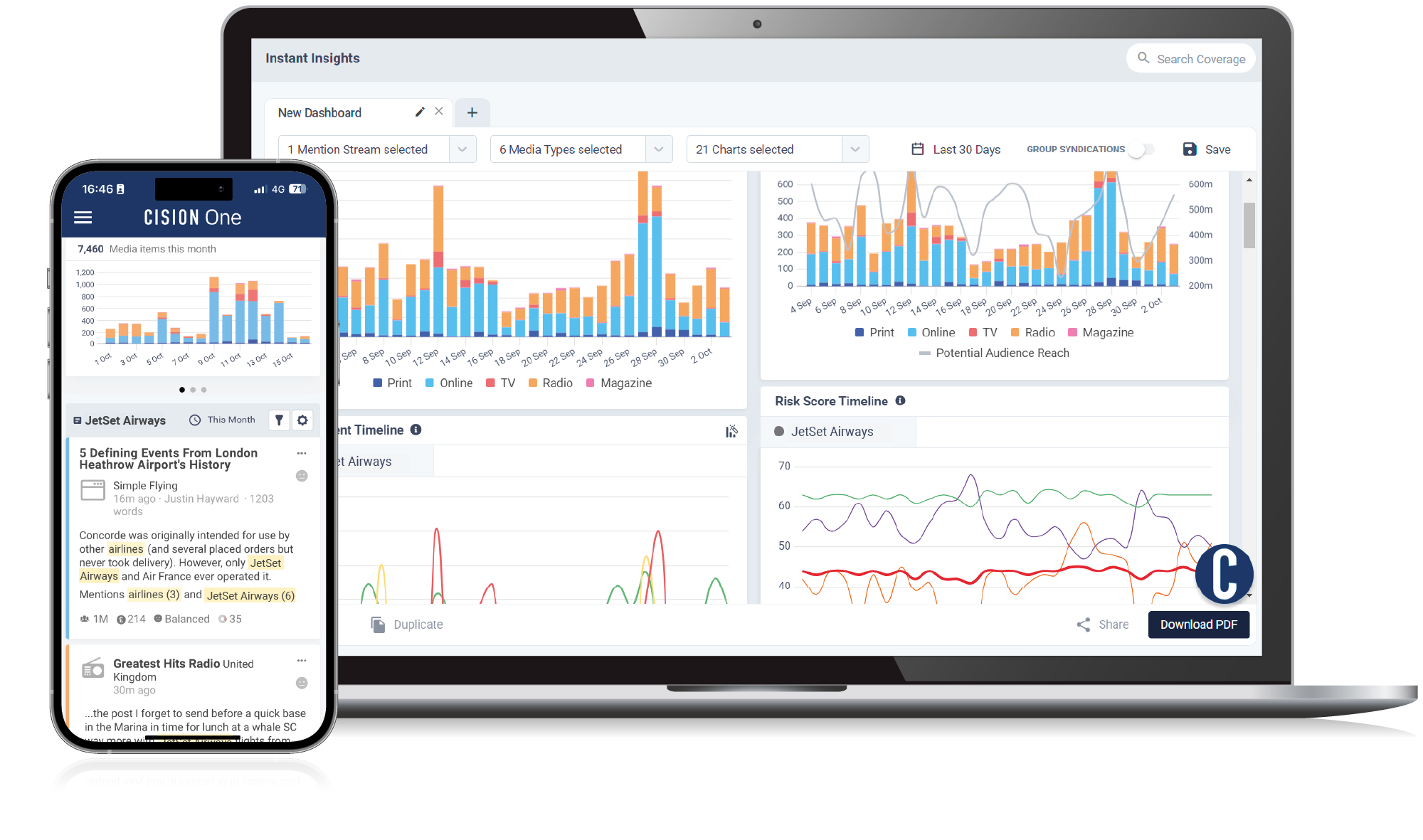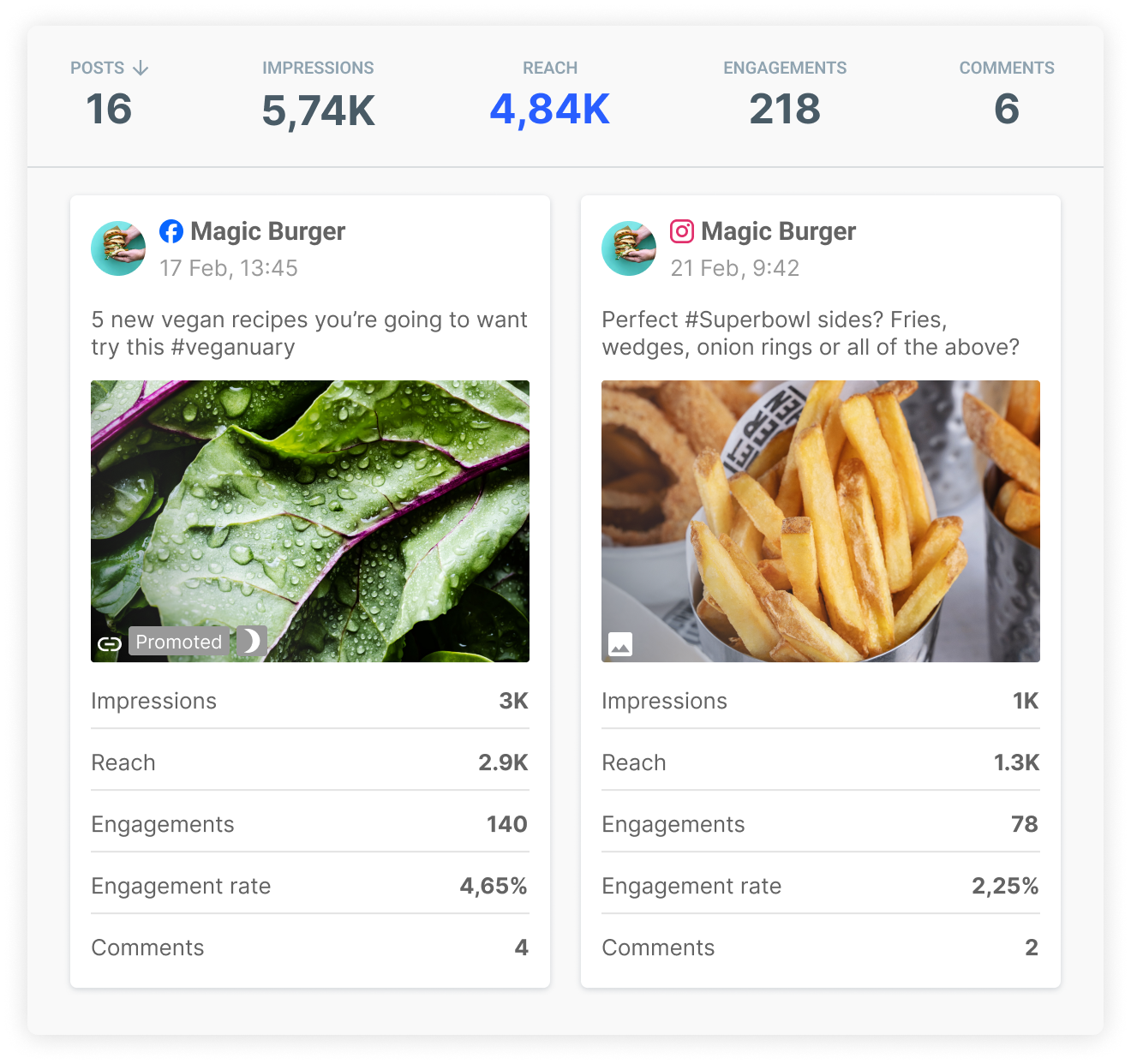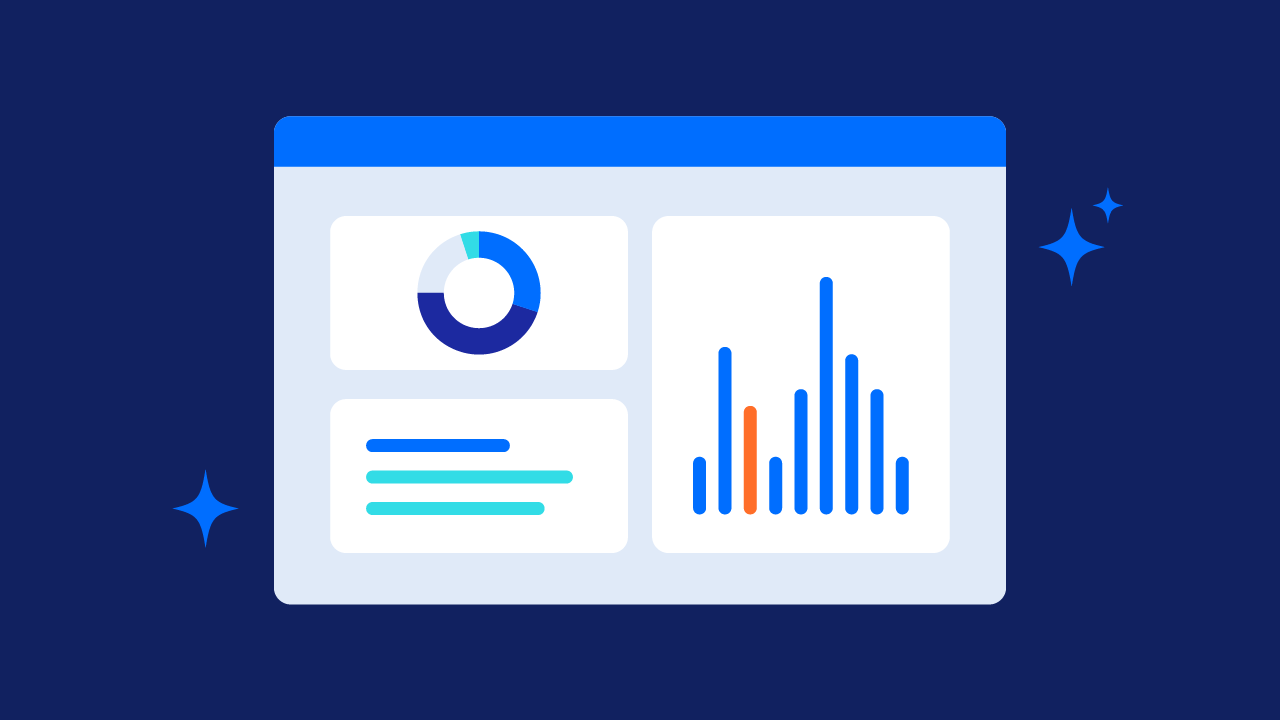PR professionals wear a lot of hats: relationship-builder, storyteller and, increasingly, data analyst. Whether the need to dig deep into the data is a byproduct of advancing technologies, a natural evolution of the industry, higher expectations from the C-suite, or any number of other factors – the result is a steadily growing reliance on data and analytics in PR: A fact confirmed by 42% of PR and comms leaders surveyed for our 2024 Global Comms Report, a notable uptick from less than a third saying the same last year.
PR has always been a strategic discipline, but now expectations are higher, and the need to demonstrate value to the business is essential. Findings from the Global Comms Report suggest that the industry is up to the task: Strategies are becoming more comprehensive and approaches more analytical. Thanks to the availability of – and advancements in – PR monitoring and measurement technology, global PR and comms teams have never been better positioned to understand and prove the impact of their efforts.
But having the ability to measure your PR efforts and knowing what to measure are two very different things, and identifying the right metrics is a common struggle across comms teams. One place to start is by breaking down the data into two categories: qualitative and quantitative. This article looks into the difference between the two, how to measure them, and how the complimentary combination of data sources support today’s data-driven PR teams.
Quantitative Data in PR Measurement and Evaluation
Quantitative data has long been a staple in the PR industry, providing tangible metrics to showcase the reach and scale of media efforts. These numerical insights offer a clear, high-level view of campaign performance, answering questions like:
- How many individuals were potentially exposed to our media coverage?
- What was our share of voice compared to competitors?
- How much website traffic did our PR campaign drive?
With quantitative data, PR teams can effortlessly benchmark against industry standards, set realistic goals, and track progress over time.
Here are some key quantitative PR metrics:
- Advertising Value Equivalency (AVE): Estimate of the cost of earned media coverage (note: avoid sharing with stakeholders unless accompanied by context)
- Email: Open rates, unique click-through rates, bounce backs, and unsubscribes
- Events: Registrations, attendance
- Media Impressions/Reach: The number of individuals exposed to media coverage
- Search: Search engine rankings, traffic from organic search
- Share of Voice: Percentage of media and social mentions and compared to competitors
- Social Media: Follower count, audience growth rate, reach, shares, likes, click-through rates, and engagement
- Website Traffic: Pageviews, unique visitors, time on site, click-through rates, and conversions
Qualitative Data in PR Measurement and Evaluation
While quantitative data is about “what” happened, qualitative data provides the “why” behind those numbers. This non-numerical information helps PR pros understand how their messages are being received, interpreted, and perceived by target audiences. Qualitative data sources provide invaluable insights into audience sentiment, messaging effectiveness, and brand perception.
Here are some common sources of qualitative PR data:
- Case Studies: Real-life examples from actual customers
- Competitive Analysis: Brand perception and positioning compared to competitors
- Content and Message Analysis: Key themes and topics in media coverage, online conversations, testimonials, and third-party reviews
- Focus Groups/Surveys: Input and thoughts from individuals who choose to participate
- Sentiment Analysis: The tone and sentiment of media coverage and social media conversations
- Stakeholder Interviews: Conversations with key stakeholders or influencers for deeper insights on a particular topic
Benefits of Integrating Quantitative and Qualitative Data in PR
While both quantitative and qualitative data offer important, distinct insights for PR teams, the integration and analysis of the data together is key. There are numerous benefits including:
- Comprehensive Insights: Gain a holistic understanding of campaign effectiveness and audience sentiment to make informed decisions and refine strategies for maximum impact.
- Trend Identification: Identify patterns and trends in audience behavior and perception to tailor messaging, optimize campaigns, and proactively address emerging issues.
- Enhanced Crisis Management: Detect shifts in public sentiment early and respond effectively, addressing issues before they escalate.
- Informed Decision-Making: Make data-driven decisions about campaign strategies, messaging tactics, and resource allocation.
- Demonstrated ROI: Quantify the impact of PR activities in terms of both reach and perception, providing stakeholders with a more complete picture of the value delivered.
Industry research, such as the State of the Media Report and the Global Comm Report, provide another layer of insight for how PR teams can enhance their strategies and benchmark their own challenges and tactics against their peers.
PR Measurement Tools and Techniques
Measuring and demonstrating impact remains a consistent challenge for PR teams. Just one quarter of comms leaders feel they have the necessary tools to effectively measure and demonstrate the impact of their work, according to the 2024 Global Comms Report. Yet a plethora of tools are available for PR measurement.
Consider these essential data sources and some of the options available to PR teams:
Media monitoring & social listening platforms, like CisionOne, track mentions of your brand in real-time and provide data on media impressions, sentiment, trends, share of voice, and much more. This type of monitoring is key for managing brand reputation and preventing comms crises. For those seeking free options, Google Alerts offers basic monitoring capabilities for tracking online mentions.

Social media tools like Buffer, offer basic social media analytics for tracking key metrics across multiple platforms. Paid options like Brandwatch offer advanced analytics, sentiment analysis, reporting, benchmarking, and management functionality.

- Web analytics platforms like Google Analytics and Adobe Analytics provide detailed data on views, unique users, time on page, where users are coming from, user behavior, and more. Connecting campaigns and messaging to consumer actions is an important way of demonstrating business impact.
- Surveys and focus groups conducted through platforms like SurveyMonkey, Google Forms, and Zoom to gather insights on audience perceptions, preferences, and behaviors. These can be as simple as asking whether a consumer would recommend your brand’s product or service to more in-depth questionnaires and interviews.
- Manual content analysis can be quite time-consuming and resource-intensive, but it’s always an option to manually analyze media coverage, social media conversations, and customer feedback to gather insights on sentiment, themes, and emerging trends.
While individual point solutions can provide value, an over-abundance of tools can also make it harder for effective measurement and analysis. Integrated PR measurement platforms like CisionOne offer a distinct advantage by combining quantitative and qualitative data streams into unified, customizable dashboards and reporting. This centralized view facilitates more holistic insights and richer data storytelling, which your team can use to create more effective strategies and make an even greater impact.
Get access to the qualitative and quantitative PR data and insights you need to refine your communications strategy. Speak to an expert or request a demo of CisionOne.








